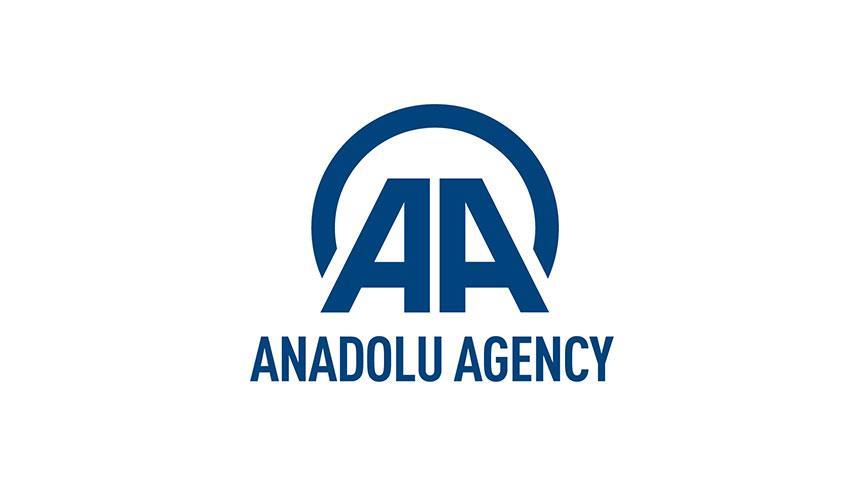- The Writer holds an MSc from Creighton University and is a Ph.D. candidate in the Turkish National Police Academy
Brent oil price continues to gain support from a relatively weak U.S. dollar and expectations of an oil cut extension by OPEC and non-OPEC in the upcoming meeting on May 25. Saudi Arabia, as an unofficial leader of OPEC, and Russia leading the non-OPEC producers for an oil cut extension, have been persuading the countries involved to extend oil cuts from Jan. 1, 2017 until the six-month expiry and further prolong until March 2018. Furthermore, they seek that other oil producing countries join the extension of output cuts and for greater oil volumes amid an environment in which producers are vying to bump up their production to fill the gap made through other producers oil cuts.
Oil markets last week will be reviewed based on the U.S. dollar index, weekly American Petroleum Institute (API) and Energy Information Administration (EIA) crude oil inventories, weekly EIA field production of crude oil in the U.S. and the weekly U.S. Baker Hughes rig count.
Brent oil prices began the week with a rise to $51.82 through a decrease in the U.S. dollar index and joint statement backing oil cut extension from Saudi Energy Minister Khalid Al Falih and Russian Energy Minister Alexander Novak despite a rise in the U.S. Baker Hughes rig count from the previous week. However, it slid down to $51.65 due to an increase of 0.882 million barrels in U.S. oil inventories compared to the previous week with a decrease of 5.789 million barrels as reported in the weekly API report on Tuesday, even though a drop was seen in the U.S. dollar index.
On Wednesday, the price surged to $52.21 through the lowering of U.S. oil inventories of 1.753 million barrels compared to 5.247 million barrels from the previous week as reported in the weekly EIA report. The decrease in the U.S. dollar index, as well as the decline in U.S. oil production to 9.305 million barrels per day, also impacted the price rise, according to the U.S.’ weekly EIA crude oil field production.
Oil prices continued up to $52.51 through expectations of an oil cut extension at OPEC’s upcoming meeting on May 25 despite the decrease in the U.S. dollar index and settled at $53.61 at the end of the week. End of week pricing was supported by the sharp decrease in the U.S. dollar index, despite an eight-count rise in the weekly U.S. Baker Hughes data.
In brief, the declines in the U.S. dollar index and anticipation of an oil cut extension from OPEC and non-OPEC countries helped push oil prices over $53 at the end of the week as predicted in last week’s report.
The recent declines in the U.S. dollar index continue to support Brent over $53 and WTI over $50. The U.S. dollar index has retreated to levels seen before U.S. President Donald Trump’s election victory. However, such levels may be the last stop on the decline route, so OPEC and non-OPEC producers will consider the rise in U.S. production and the dollar value when determining the amount and duration of a further oil cut extension.
What are likely outputs from OPEC meeting on May 25?
- Duration of extension could be either at least six or nine months, but nine months is very likely,
- Additional participants in non-OPEC producing countries for oil cut during extension could be possible.
- Quantity of oil volume cuts could rise during extension (for example: from 1.8 million to 2.1 million barrels per day or more - 200 thousand barrels from OPEC and 100 thousand barrel from non-OPEC).
- Nigeria and Libya, which are excluded from the current deal, could participate in the oil cut extension.
Considering OPEC and non-OPEC’s target is first to stabilize prices over $50 with the aim of moving towards $60, a nine-month extension of greater oil cuts could be feasible on May 25.
In brief, price volatility will remain high up to Thursday’s meeting.
If the oil market reacts positively to the outcome of the meeting, Brent oil could extend to over $55 towards $57. If not, sharp declines towards $50 could be seen.
- Opinions expressed in this piece are the author’s own and do not necessarily reflect Anadolu Agency's editorial policy.


